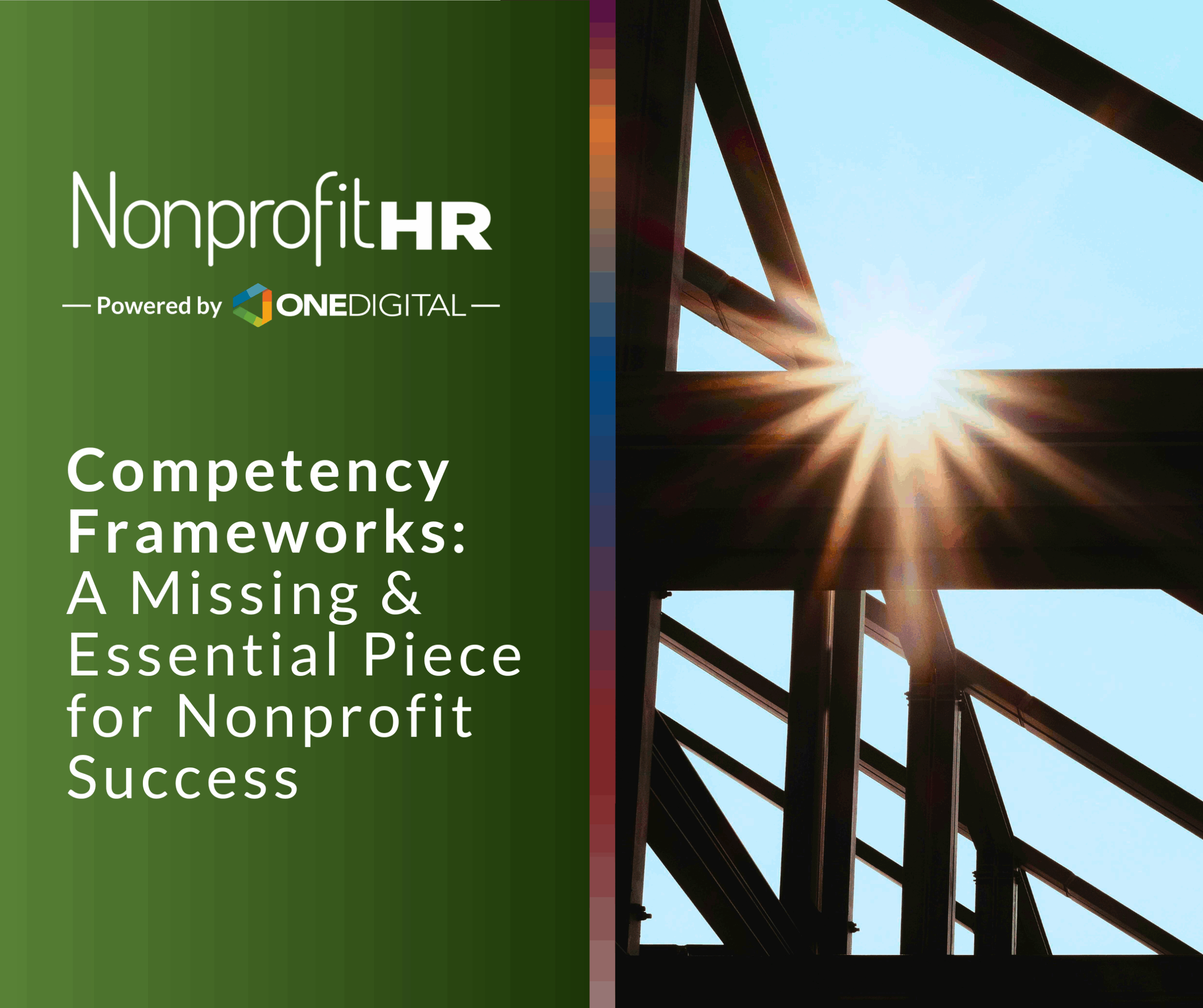WTOP: 5 ways nonprofits can…
By Leslie Walbridge
If you are a professional woman, there is a very good chance that you are being underpaid. According to a new study published by Bloomberg, even women at the top tier of business professionals earn 18% less than their male peers. These women “were paid 82 cents for every dollar of their male counterparts in the S&P 500 last year.” However, even that is better than the national average for women working full time in the United States, which was “77 cents for every dollar paid to men in 2011.” Even worse than the pay gap is the dramatic underrepresentation of women in these high level careers: among the top five best-paid executives from each of the S&P 500 companies, only eight percent are women. Shocking as these statistics may be, the wage gap and the lack of representation are only two manifestations of gender bias remaining in the workplace despite ever-increasing numbers of women pursuing higher degrees and entering management roles.
There are many theories/myths about why these disparities exist, ten of which were laid out by founder of RedBalloon, Naomi Simson as:
- Women don’t want the top job.
- Women who are successful are ‘aggressive’ and self-serving.
- Women hate office politics – so are happy to sit back.
- Women don’t negotiate hard enough because they are thinking of the ‘team.’
- Women have other priorities and work is not important.
- Women won’t do the ‘dirty’, cold or hard jobs.
- Women have less networks and are less connected.
- Women have less experience.
- Women would rather stay home and look after the children.
- Women see themselves as nurturers.
Regardless of reason, it’s clear that there is a pervasive problem here, so what do we do about it? From a Human Resources perspective, Simson laid out three steps that can (and should) be taken immediately. First, audit employee compensation and note discrepancies in salary based exclusively on gender. Second, present your findings to leadership. Third, make the necessary changes to balance the scales. On an organizational level, it is necessary to fully examine talent management systems from recruitment to advancement and look for concerning trends. Remember that gender bias is systemic and institutionalized; both men and women may be making biased judgments without even being aware of it. Lastly, I want to emphasize that gender bias is not just a problem for women. The cultural undervaluing of women slows innovation, reduces productivity and keeps an entire half of the workforce from doing their best work in the office and at home. Just imagine the possibilities if every worker were paid 100% of what they were worth!





























